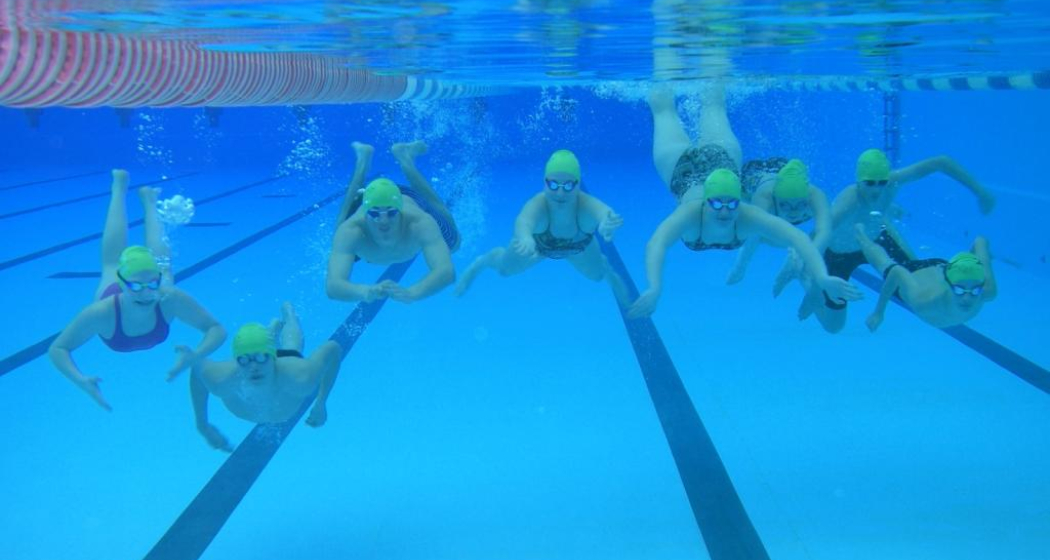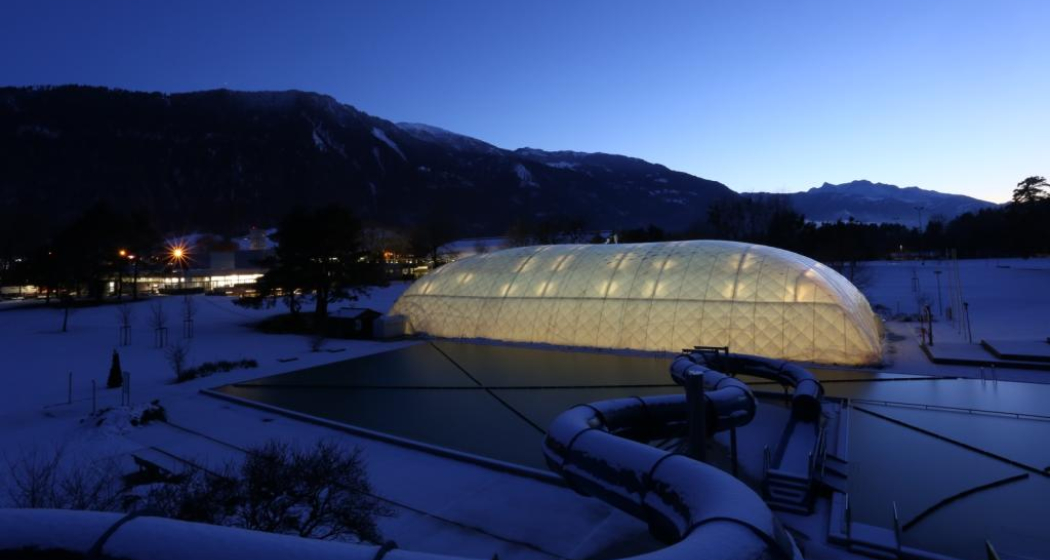Catholic Church Chur
Cathedral of the Assumption


Show all 4 images

Description
Above the old town lies the Episcopal court with the more than 800-year-old cathedral and its Gothic high altar shining in golden splendour. The cathedral is dedicated to the assumption of the Virgin Mary and is one of the most important cultural monuments in Switzerland. The court area was settled already during Roman times, when it served as a barracks. The current cathedral was built between 1150 and 1272 and shows influences from all major Occidental cultures due the location of the city along major trade routes.
Several cathedrals stood where the current one is now, and it is assumed that the very first dates back to the 5th century. The current cathedral was built between 1154 and 1270 and is dedicated to St. Mary of the Assumption. The central nave's entrance front is made of rock from Scalära. The main portal is flanked on either side by six slender columns with Attic bases and early Gothic floral capitals. The columns are connected by six coloured archways. The arched window in the central axis is arguably the largest medieval window in all of Graubünden. Inside the cathedral, the late Gothic high altar by Jakob Russ (1492), the carved choir and the Romanesque sculptures along the bases and capitals of the columns are particularly noteworthy.
The cathedral was completely restored between 2001 and 2007. It is considered one of the most important cultural monuments in Switzerland.
Contact
Cathedral of the Assumption
Hof, 7000 Chur
Responsible for this content Chur Tourism.





